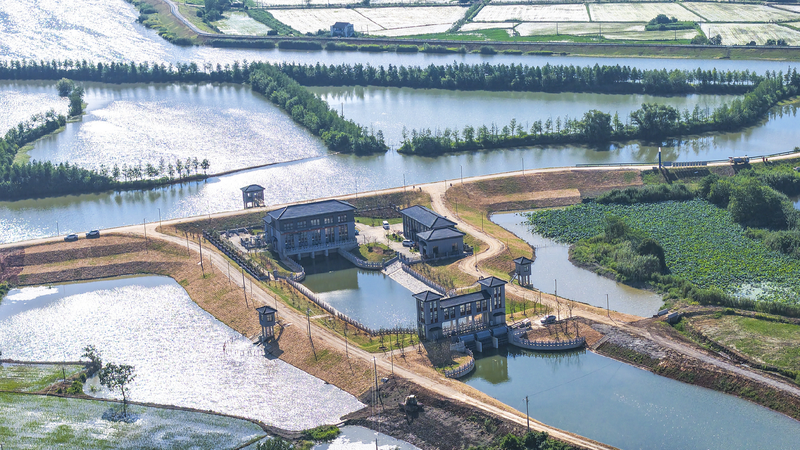Did you know that tiny pieces of plastic are floating around in the air? 🌬️ These tiny plastics are called microplastics, and scientists have discovered that plants can absorb them through their leaves! 🌱
A group of scientists from Nankai University’s College of Environmental Science and Engineering and other universities found that microplastics can stick to plant leaves and even get inside them. This means that the microplastics can end up in the plants we eat, like vegetables. 🥦
Previously, scientists knew that microplastics could be absorbed by plant roots from the soil. But this new study shows that the air is another way that these tiny plastics can get into plants.
What Are Microplastics?
Microplastics are very small pieces of plastic, smaller than 5 millimeters (that’s about the size of a grain of rice 🍚). They come from larger plastic objects that break down, like water bottles or plastic bags. They can be carried by the wind and end up almost everywhere, even in the air we breathe.
How Do Plants Absorb Microplastics?
The scientists used special machines to find out that plants can absorb microplastics through tiny openings in their leaves called stomata. These openings are like little mouths that allow the plant to breathe. Through the stomata, microplastics can enter the plant and move to other parts.
The study found that plants near factories and landfills had more microplastics in their leaves. The longer the leaves grew, and the more polluted the air was, the more microplastics the plants absorbed.
Why Is This Important?
Plants are at the base of the food chain, which means many animals (and humans!) eat them. If plants have microplastics inside them, these tiny plastics can end up in the animals that eat the plants, and eventually in us. 🍽️
Wang Lei, a professor at Nankai University, said that understanding how microplastics affect the environment is very important. Scientists are becoming more and more concerned about how these tiny plastics can harm living things.
What Can We Do?
This discovery shows us that it’s important to reduce plastic pollution. Here are some things you can do to help:
- Use reusable bags instead of plastic ones. 🛍️
- Recycle plastic items whenever possible. ♻️
- Use a refillable water bottle instead of buying plastic bottles. 🚰
- Pick up litter and dispose of it properly. 🚮
By making small changes, we can all help reduce the amount of plastic that ends up in our environment.
Looking Forward
Scientists will continue to study microplastics to understand how they affect our planet. This research helps us learn more about pollution and what we can do to protect the Earth. 🌍
Reference(s):
cgtn.com




